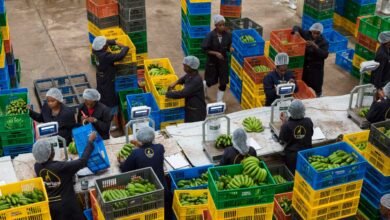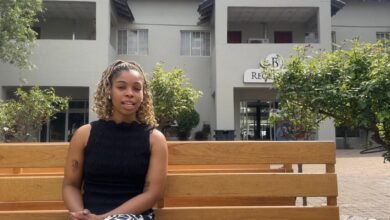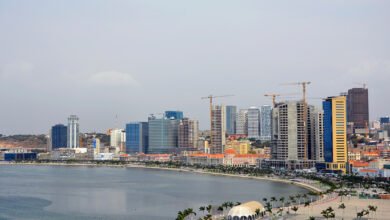
The Independent Electoral and Boundaries Commission, (IEBC) says it is in need of Ksh.40.9 billion to conduct the 2022 general election but have only been allocated Ksh.26 billion by the National Treasury, leaving a deficit of Ksh.14 billion.
IEBC Chairman Wafula Chebukati described the amount as the “bare minimum” amid concerns that the cost of elections in Kenya keeps soaring.
Chebukati is calling on the National Treasury to provide remaining funds as requested to facilitate the forthcoming general election.
The Commission has already gazetted the maximum amount of money that candidates in next year’s polls will be allowed to spend on campaigns.
Presidential Candidates’ campaigns have been caped at Ksh.4,435,565,094 in a gazette notice which was issued Monday.
IEBC has also set a spending limit for those who will be seeking elective positions at the county level, including Governors, Senators and Women Representatives.
From the Gazette notice, candidates vying in Turkana County which has a population of 926,976, at Ksh.123 million compared to Nairobi which has a population of 4 million people and will spend not more than Ksh.117 million.
Other big gainers are Marsabit, with a population of 459.785, at Ksh.114 million, Wajir, with a population of 781,263 at Ksh.103 million, Garissa with a population of 841,353 at Ksh.88 million, Kitui with a population of 1,136,187 at Ksh.77 million.
Also Read:
- IEBC caps presidential campaign budgets for candidates at Ksh.4.4 billion
- President Kenyatta nominates 4 IEBC commissioners
- IEBC dismisses hacking claims by DCI
Nakuru with a population of 2,162,202 at Ksh.72 million and Kiambu with a population of 2,417,735 at Ksh.71 million.
The least spender in political campaigns according to IEBC includes Lamu with population of 143,920 and will spend Ksh.21 million, Tharaka-Nithi with a population of 393,177 at Ksh.23 million, Vihiga with a population of 590,013 at Ksh.25 million.
Kirinyaga with a population of 610,411 will spend Ksh.26 million, Embu with a population of 608,599 at Ksh.28 million and Nyandarua with a population of 638,289 at Ksh.29 million.
At the constituency level, IEBC has also set a spending limit.
Candidates vying in North Horr Constituency will spend not more than Ksh.94 million with a population of 118,666 than those in Kasarani in Nairobi will spend Ksh.23 million at a population of 400,840.
Constituencies with a lion share are Wajir South with a population of 292,907 and will spend Ksh.64 million, Turkana North with a population of 117,599 at Ksh.54 million, Turkana West with a population of 228,594 at Ksh.48 million and Turkana East with a population of 128,852 at Ksh.45 million.
2017 General Election spending
In the past general election, presidential candidates were limited to spending Ksh.5.25 billion while those contesting for the governor/senator/women representative seats were allowed to spend up to Ksh.433 million.
The threshold in spending saw Jubilee Party spend the highest amount of money ahead of the August 8 general election, revealed a report on political parties.
The party spent about Ksh.312,141,620 on advertisements aired between January 1 to August 4, 2017, being 65 percent of total political parties’ advertising expenditure.
NASA was second with Ksh.155,153,840, accounting for 33 percent of ad spends within the period, while Maendeleo Chap Chap spent Ksh.1,812,300.
PNU was the fourth largest spender at Ksh.1,725,600 whereas ODM as a party spent Ksh.1,350,410.
Liberal Democratic Party and National Agenda Party of Kenya were at the bottom of the rank having spent Ksh.73,300 and Ksh.50,000 respectively.
The parties spent most on Radio and TV compared to what they spent on print.
According to Chebukati, IEBC itself requires Ksh.40.9 billion to conduct next year’s general election slated for August 9.
Chebukati said they have only been allocated Ksh.26 billion by the National Treasury, leaving a deficit of over Ksh.14 billion.





